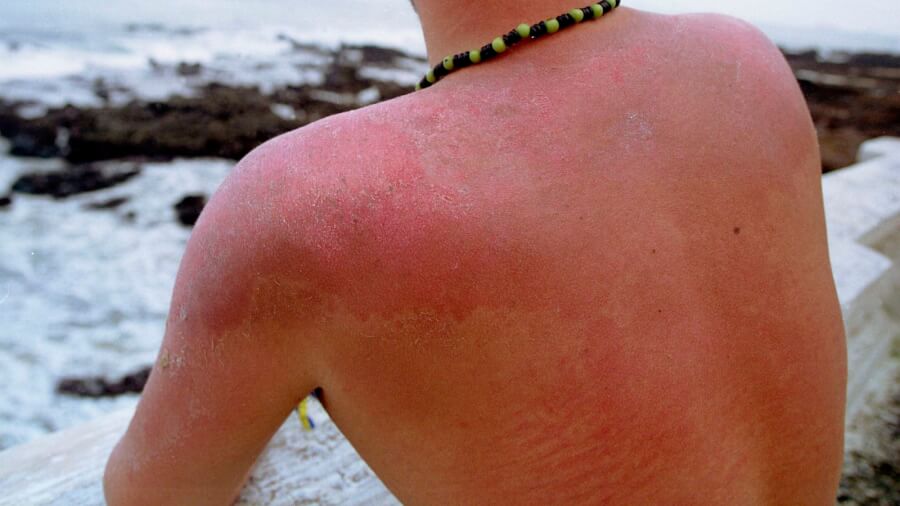In the United States, one in three people will develop shingles at least once in their lifetime. The causes are varied and continue to puzzle scientists. This article explores why stress can be a trigger for this painful skin rash and what can be done to manage it. Similarly, the incidence of the disease is at a comparable level worldwide, indicating a global pattern in the occurrence of shingles.
Shingles – myths and facts
Shingles is much more than just a skin rash. Although the rash is a characteristic feature of the disease, the pain associated with it is a common and distressing symptom. This pain can be very severe and often begins several days before the rash. It can also last long after the rash has subsided – sometimes up to a year or more. The persistent pain after the rash has healed is called post-herpetic neuralgia (PHN). A topical cream for shingles can provide spot relief.
Other symptoms include prolonged nerve pain, fever, headache, chills, stomach upset, muscle weakness, skin infections, scarring, and decrease or loss of vision or hearing. The disease is by no means rare in the USA – around one million people contract it every year. While the likelihood of contracting the disease increases with age, vaccination can significantly reduce the risk of shingles.
Vaccination against shingles
A safe and effective vaccination is available to prevent shingles. Vaccination is the best way to reduce the risk of contracting the disease. If you do fall ill, the vaccination can reduce the chances of long-lasting pain. Vaccination against shingles is recommended for all healthy adults over the age of 50 and adults aged 19 and over with a weakened immune system due to illness or treatment.
Celebrities are not spared from eczema either
Although shingles typically affects older people, it can also occur in healthy younger people and even children. People with weakened immune systems, such as HIV-infected people, AIDS patients, cancer patients or people receiving treatment with certain medications are at increased risk.
Even well-known celebreties are not immune to shingles. Recently, Lin-Manuel Miranda, the creator of ‘Hamilton’, contracted shingles. The news was widely publicised and illustrates that no one is immune to this disease. This emphasises the seriousness of the disease and its potential impact on everyday life.
Not to be taken lightly: Long-term dangers of shingles
The most noticeable symptom of shingles, the rash, is only part of the problem. Without adequate treatment, the disease can lead to post-herpetic neuralgia, a condition in which the pain persists even after the rash has subsided.
The risk of neurological complications is also a serious consideration. In some cases, viral activity can lead to inflammation of the brain or other parts of the nervous system, known as encephalitis or meningitis, which can be life-threatening without immediate treatment.
Visual impairment or even complete loss of vision can occur if the rash occurs around the eyes and is not treated immediately. In addition, long-term weakening of the immune system can make those affected more susceptible to other infections or diseases.











